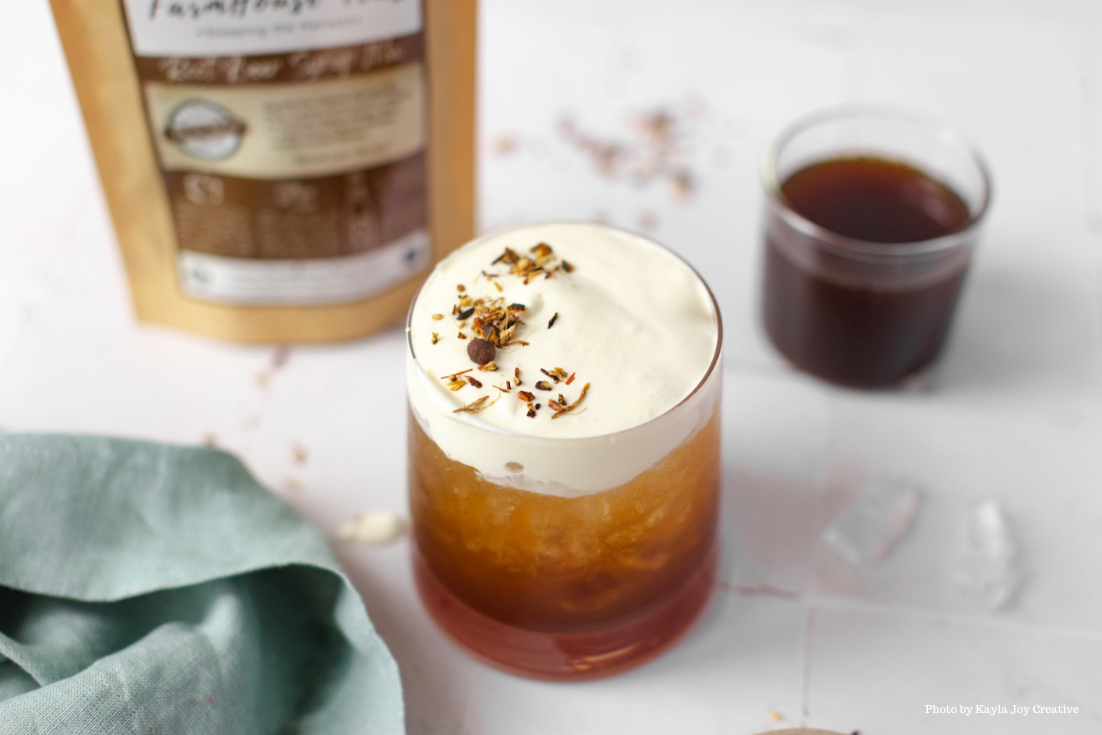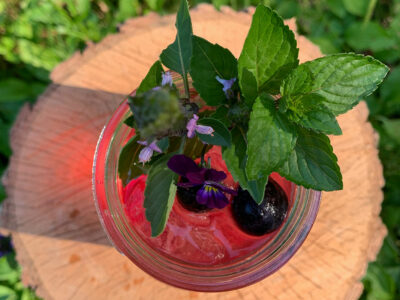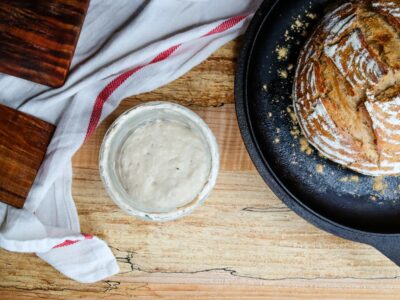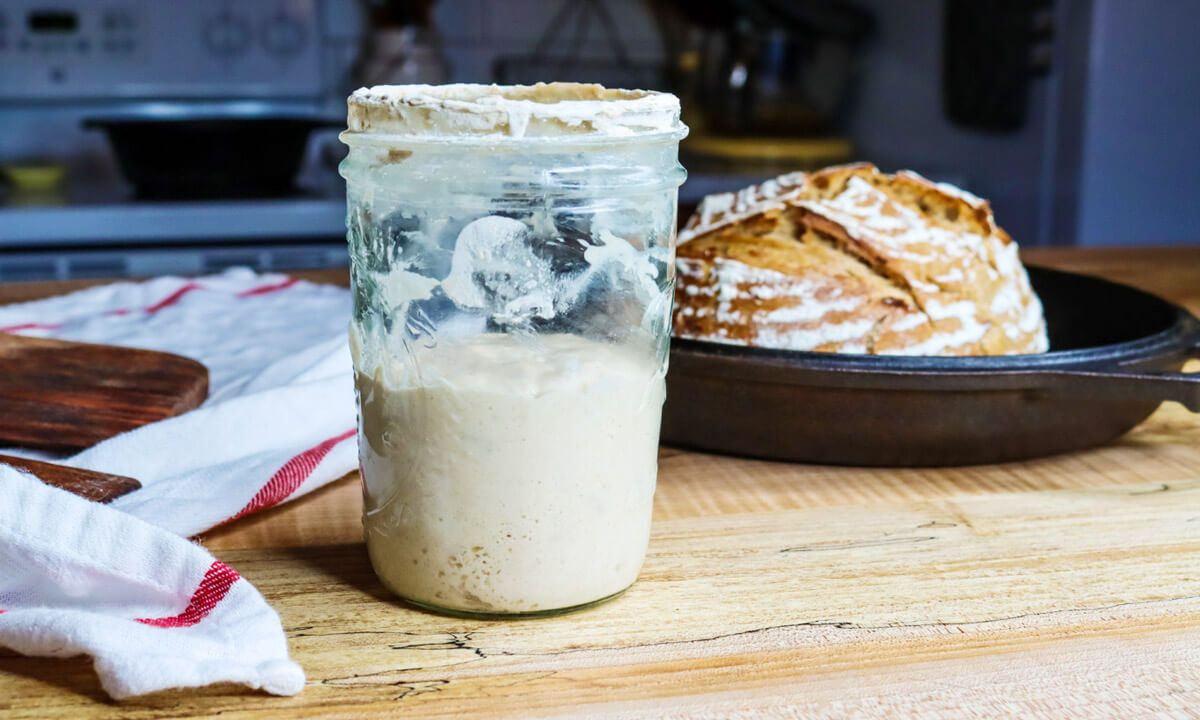What do you drink if you’re trying to find healthy alternatives to soda? As someone who gave up soda for good over twelve years ago, I’ve got you covered with over a dozen healthy options.
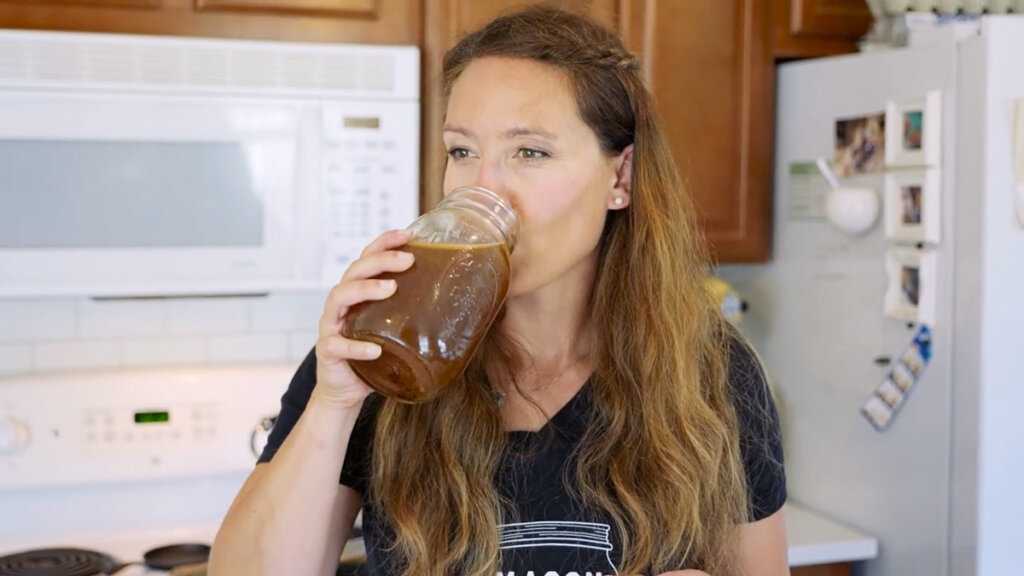
You may remember my health journey of getting my upper stomach and esophagus biopsied for cancer in my early 30s. Thankfully, the biopsy came back negative, but I was told that I was on my way to getting cancer if I didn’t change something.
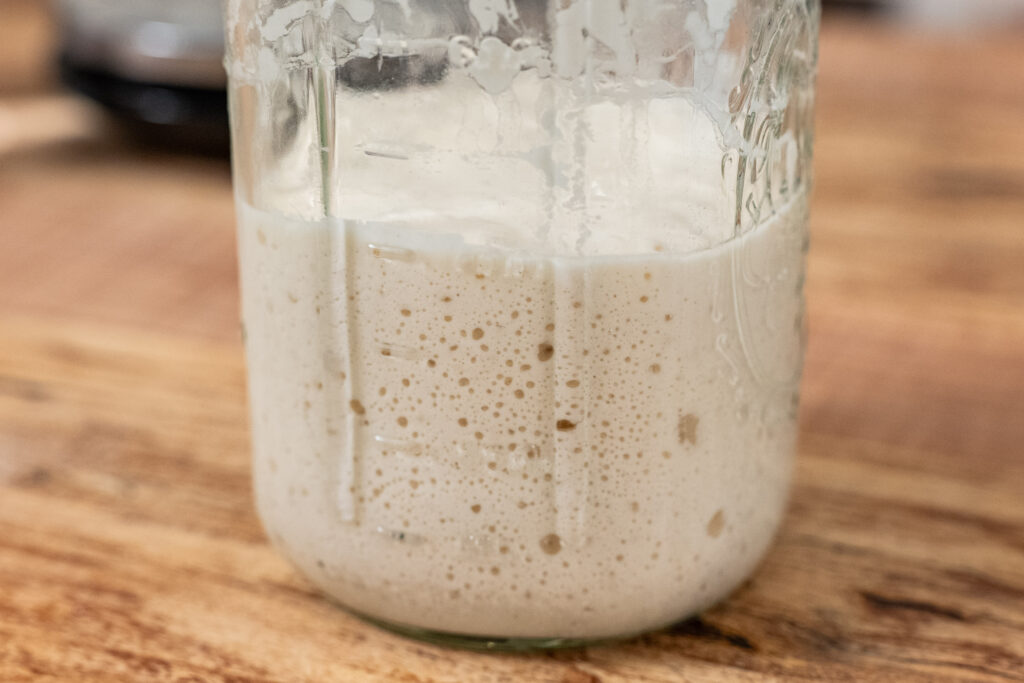
🍞 Struggling With Sourdough?
If your starter won’t take off, your loaves are dense and hard, or sourdough just flat-out overwhelms you…
👉 I’ll show you how to fix all of it.
Join my FREE live workshop and learn how to make a bubbly, active starter—the right way, from Day One.
🗓️ Jan 12 @ 1pm PT
Natural Remedies Made Simple
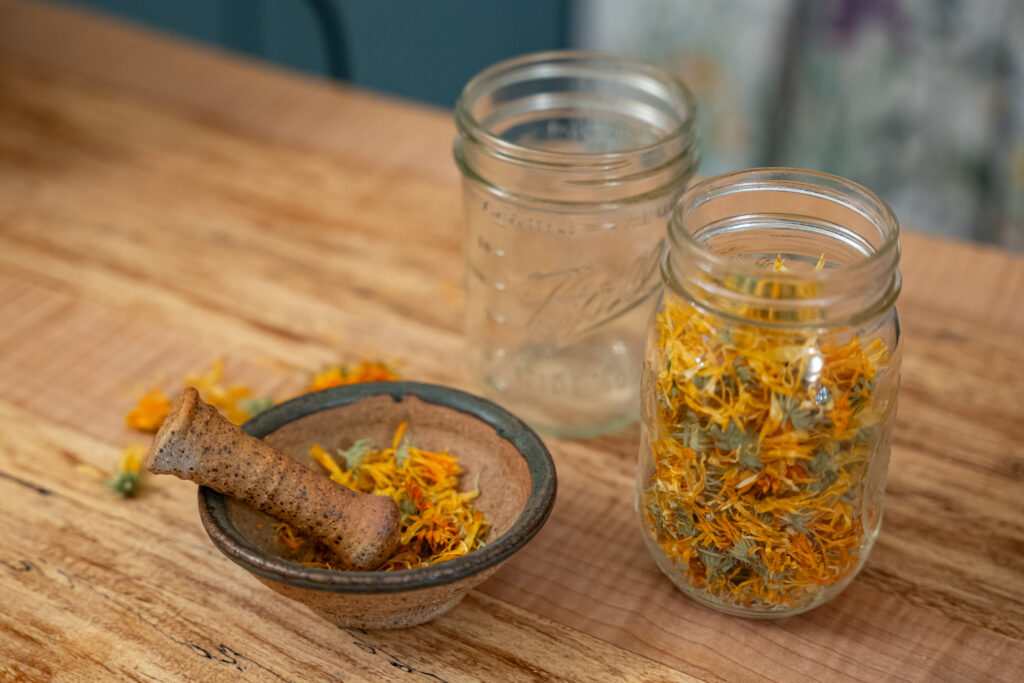
Start your home apothecary with confidence—even if you’re brand new. Learn how to choose the right herbs for your body using the simple principles of herbal energetics.
Discover how warming, cooling, drying, and moistening herbs affect your body—so you can stop guessing and start making remedies that actually work.
This is when I took a close look at my diet and lifestyle choices. You can hear the rest of my story here, but one of the biggest changes for me was giving up diet soda. Knowing how bad it was for my unique situation, I knew this was a must-go. I’m happy to say I’ve never brought diet soda back in, even though I love the way it tastes. The risk simply isn’t worth the reward, in my opinion.
I’m convinced the only way I’ve been able to do this is by having delicious soda alternatives! Because, don’t get me wrong, I still crave that soda-like flavor and refreshment, but I’ve found alternatives that actually promote health, instead of take it!
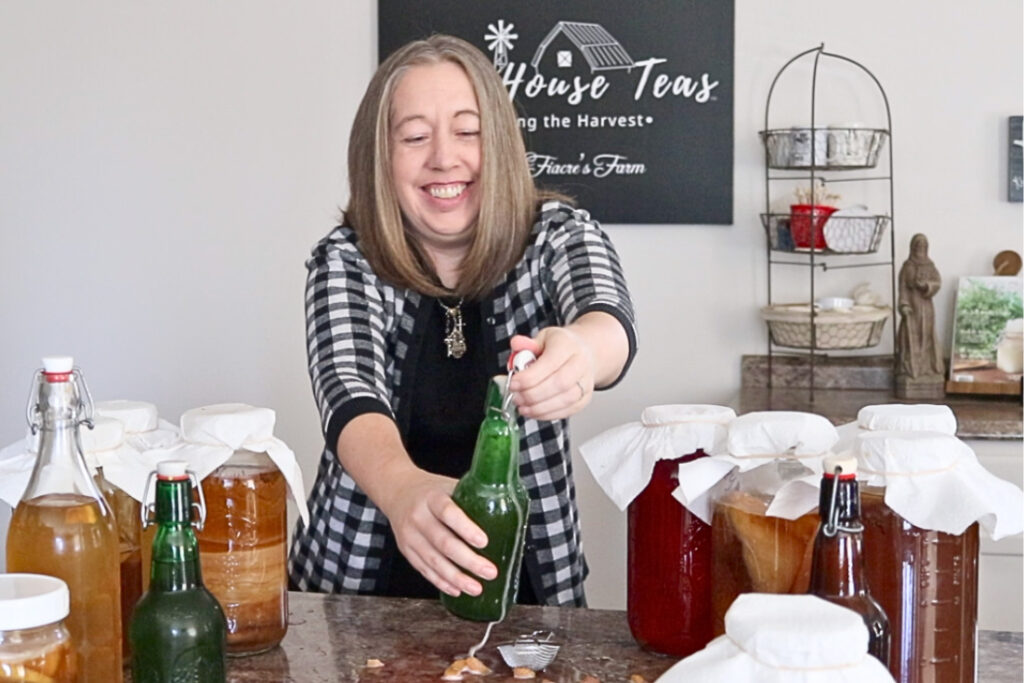
About CeAnne
CeAnne loves helping farm-loving families turn common herbs into powerful medicines without being overwhelmed so that they can spend more time loving their littles and their chickens.
She is the co-owner of Farmhouse Teas and Grow Create Sip with her husband. They homeschool their 4 children, who were adopted from around the world, and homestead, home business, and home medicine on their 2 acres in NW Oregon.
How Many People Drink Soda Daily?
A study published in 2017 showed that 61% of children and 50% of adults drink soda daily. That data was from a 2013-2014 survey.
Those numbers are down from a 2003-2004 survey, which showed close to 80% of children and 62% of adults drink soda daily. (Source) It’s an improvement, but still very high numbers. Not to mention that energy drinks, which are even worse for your body, seem to have replaced soda’s popularity among teens and those in their early twenties.
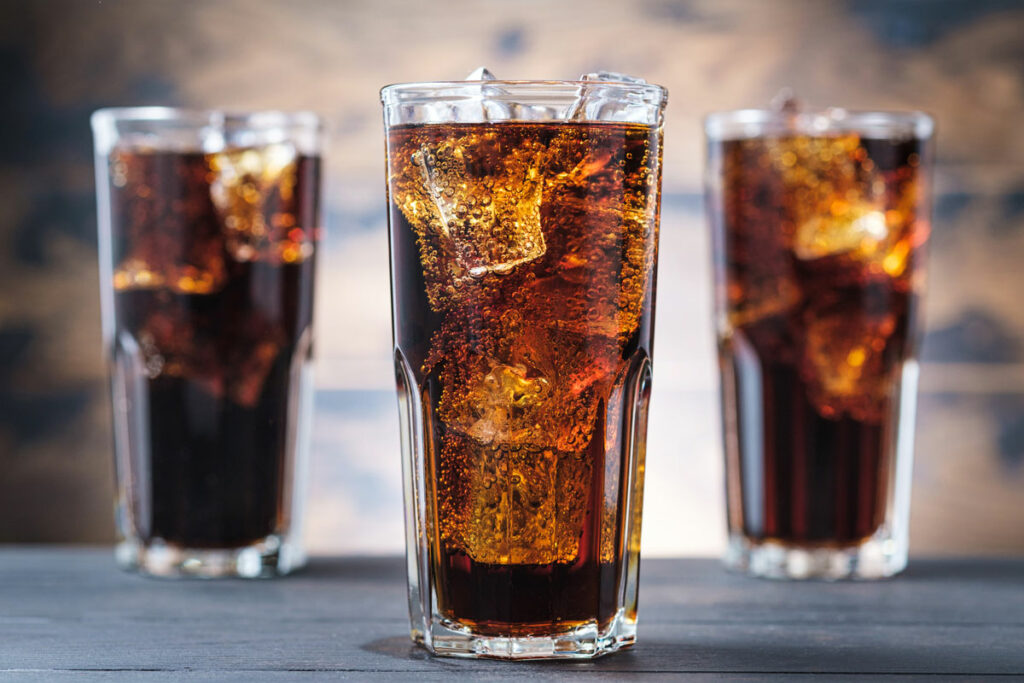
Health Concerns of Soda
Countless studies have proven the health risks associated with drinking both regular and diet sodas. Some of these include weight gain, dental issues, diabetes, fatty liver disease, gout, dementia, heart disease and even cancer. (Source)
Many alternatives are available if you’re looking for a tasty drink with plenty of bubbles. Let’s take a look at some of the options that will give you the classic soda fizziness.
Healthy Soda Alternatives
Let’s take a look at the many healthy soda alternatives that might make a great solution if you’re looking to get rid of soda.

Bubbly Soda Base Options
Though most of these options won’t provide the same flavor as soda, they’ll work great as a base ingredient for your homemade sodas:
- Sparkling/Mineral Water: Sparkling water and mineral water are the same. They have naturally occurring carbonation and minerals.
- Club Soda: Club soda contains both minerals and carbonation. It’s similar to sparkling or mineral water, but the minerals and carbonation are added instead of being naturally occurring.
- Soda Water: Soda water isn’t an actual beverage, but rather the category of beverages which includes all carbonated water.
- Seltzer Water: Seltzer water is plain water that has been carbonated.
- Tonic Water: Tonic water is more often used as a mixer. It includes carbonation and minerals as well as sweetener and quinine, which gives it that distinct citrusy tang.
If you’re going to give your hand at some homemade sodas, these might be a great place to start. You can also make your own carbonated water by getting a soda stream. If you plan to make a lot of homemade soda, this option may save you money in the long run.
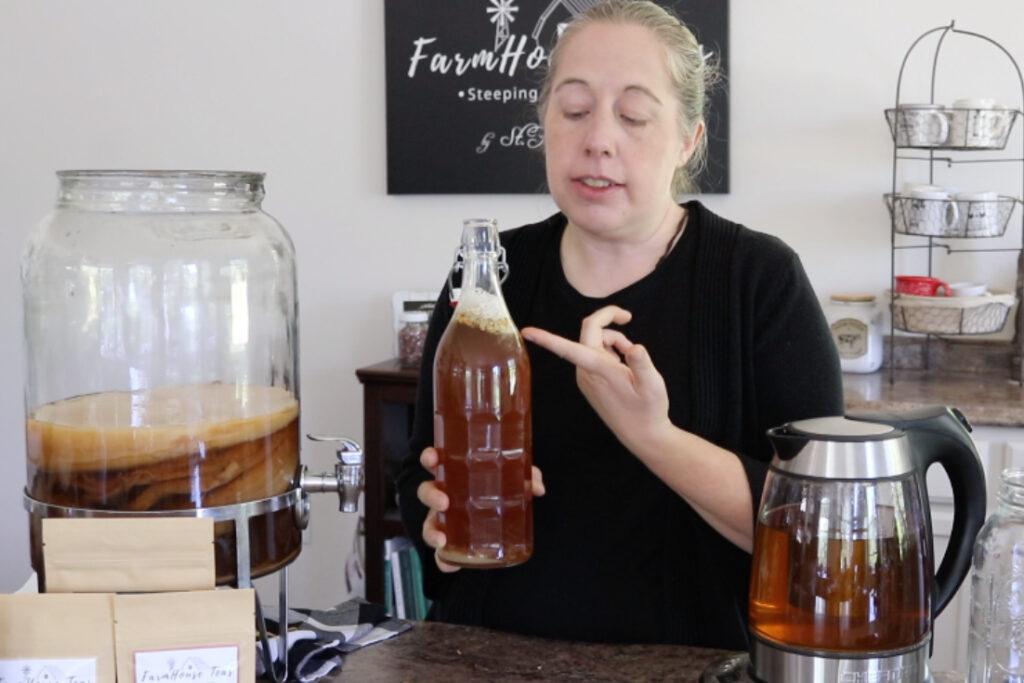
Kombucha & Jun Tea
Kombucha is a fizzy sweet drink made from sweet tea and a SCOBY (or a symbiotic culture of bacteria and yeast). The SCOBY “eats” the sugar from the sweet tea, giving off gasses that make the drink bubbly and result in a low-sugar drink option.
The benefits of kombucha are many, including the many probiotics it contains. However, one of the most impressive is kombucha’s effects on blood sugar control for those with diabetes.
There are many ways to flavor your kombucha, and the process of making it is simple. It takes between 7-21 days. You can drink it after day 1, however for the fermentation process to happen, it’s best to wait about 7 days.
If you’re interested in learning how much sugar your kombucha contains, check out this post by CeAnne on how fermentation affects the sugar levels in kombucha.
To be honest, I didn’t enjoy the flavor of store-bought kombucha when I first started drinking it. To this day, I still prefer the flavor of my homemade kombucha. So, if you’ve tried kombucha from the store and didn’t like it, I encourage you to try homemade kombucha.
Get yourself this kombucha starter kit with this major discount (which also includes over $200 in FREE bonuses).
Jun tea is very similar to kombucha. However, it’s made with green tea instead of black tea. You can get a Jun starter kit here.

Water Kefir
Water kefir is different than milk kefir. Water kefir ferments in sugar water (not milk). It ferments much more quickly than kombucha in just 24-48 hours. You can then add fruit or fruit juices to create delicious flavors.
One of the benefits of water kefir is also one of the drawbacks. It’s ready in such a quick time that it doesn’t give you a lot of lead way if you happen to forget about it.
Get your own water kefir starter cultures from Farmhouse Teas.
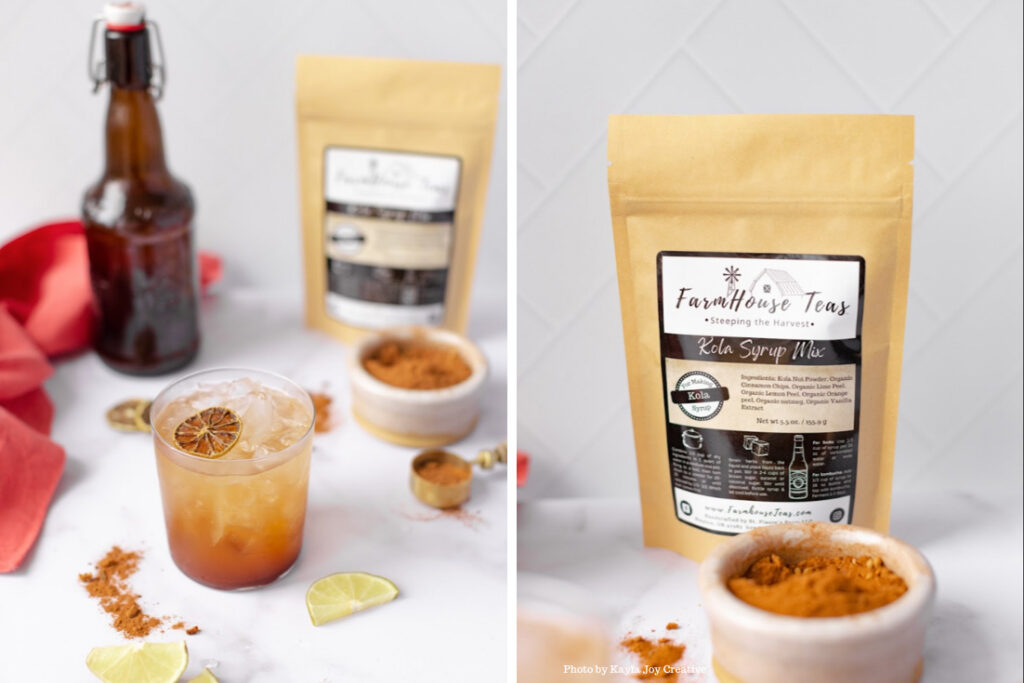
Herbal Soda
Herbal soda is becoming very popular, even in grocery stores. Some of the common options are Olipop and Zevia. These are much better options than regular soda. However, even these healthier brands use alternative sweeteners or “natural flavorings” to create their beverage.
You can easily make homemade herbal sodas at home with a spice mix. In fact, CeAnne sells soda syrup mixes (with flavors like Root Beer and Kola). You simply make an herbal syrup and add it to soda water.
The great part about herbal sodas is you’re also getting all the good benefits from the herbs while enjoying a refreshing drink.
If you want to learn more, grab CeAnne’s Soda Pop Drinker’s Guide to Fizzy Herbal Drinks E-Book.
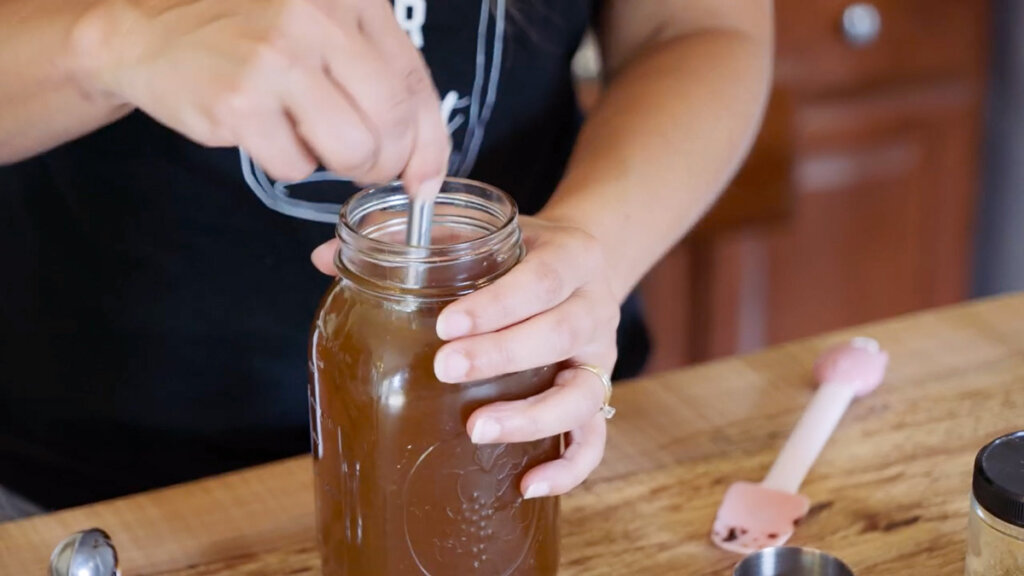
Switchel & Shrubs
Switchel and shrubs are drinks that are made with vinegar and some flavorings. I have a homemade haymaker’s punch that’s a great natural electrolyte drink. Read this post if you want to know how to make a shrub and other herbal drinks.
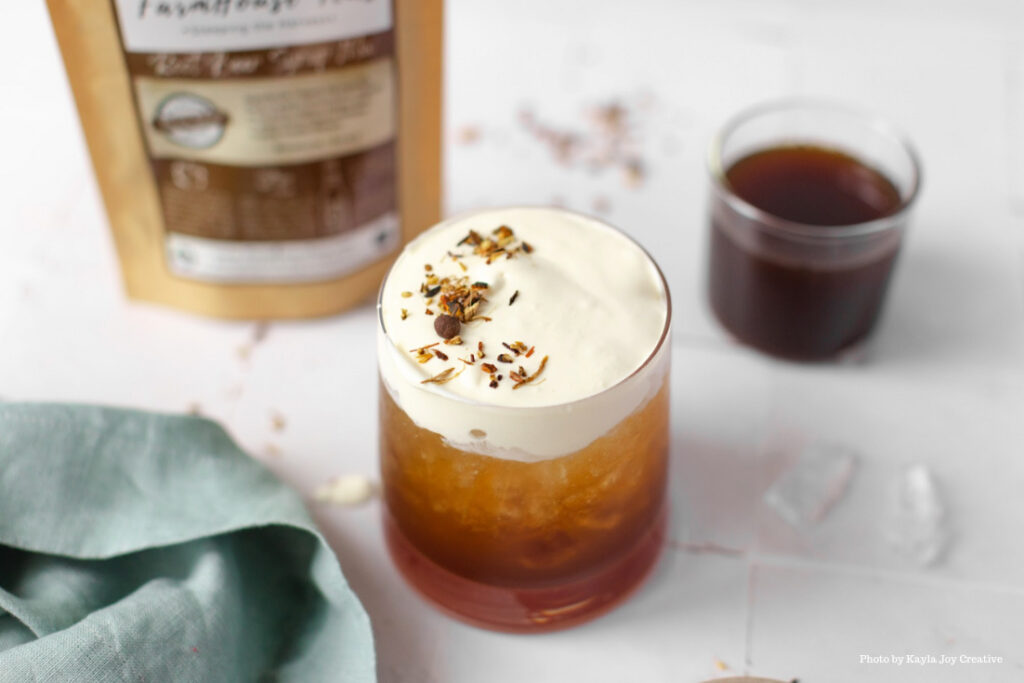
Other Options
Some of the other options for soda alternatives could be:
- Iced Tea – Adding some carbonated water with your iced tea can be a delicious and refreshing drink.
- Lemonade – Adding carbonated water with your lemonade and even adding herbs such as mint or lavender can also be incredibly delicious and refreshing.
- Fruit and Herb-Infused Water – I love making homemade mint water! But adding some fruit or even cucumbers can create a very refreshing drink.
- Maple Cream Soda – My good friend Michelle shared her recipe for maple cream soda. Combine 1 quart soda water, ½ cup maple syrup, 1 teaspoon vanilla extract. Mix together and drink chilled.
- Italian Cream Soda – I don’t love using a lot of sugary syrups and then calling it a “healthy” alternative. However, I’m also not one to waste a delicious homemade product. So, as a treat, I will take the juice from my homemade canned peaches and strain off the liquid to use as a homemade Italian soda. By adding a splash of raw heavy cream, it becomes an Italian cream soda that’s better than any store-bought option. I also love to do this with my homemade canned cherry juice and a squeeze of lime!
- Ginger Bug – A ginger bug is a ferment made with sugar, ginger and water. It takes about a week of daily feeding to make one, but once you have it you can use it to make homemade ginger ale.
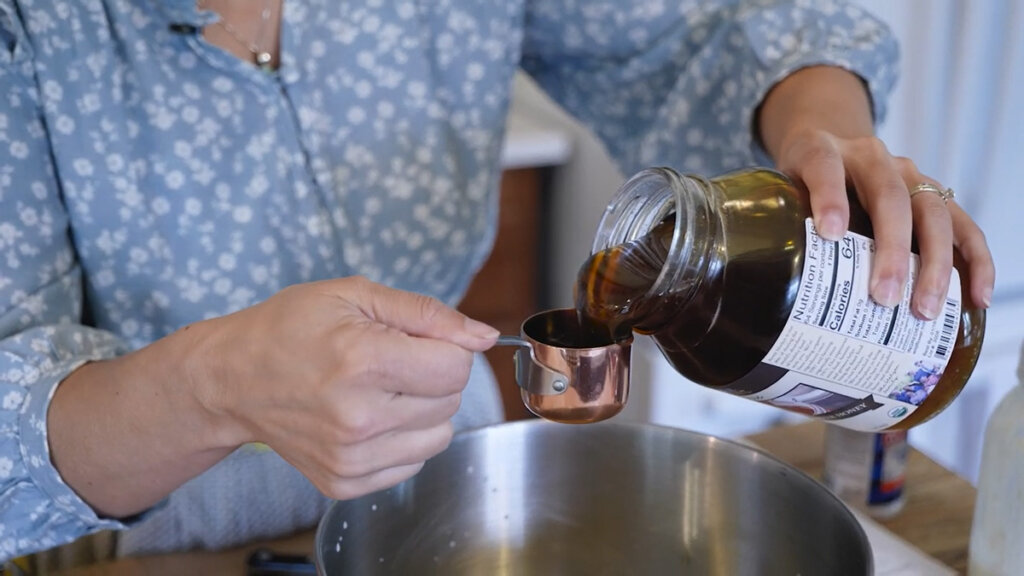
Ways to Sweeten Drinks
With soda, we’re used to a sweet drink. In many cases, the sweetness comes in the form of high fructose corn syrup, sugar, or harmful sweeteners like aspartame. Here are a few recommendations for sweetening homemade drinks:
- Soda syrup mixes
- Stevia leaves
- Honey
- Maple Syrup or Maple sugar
- Fruit (fresh or frozen)
- Elderberry syrup (adds antioxidants and vitamins)
- Simple syrup
- Molasses
- Coconut sugar
- Date sugar
- Licorice root
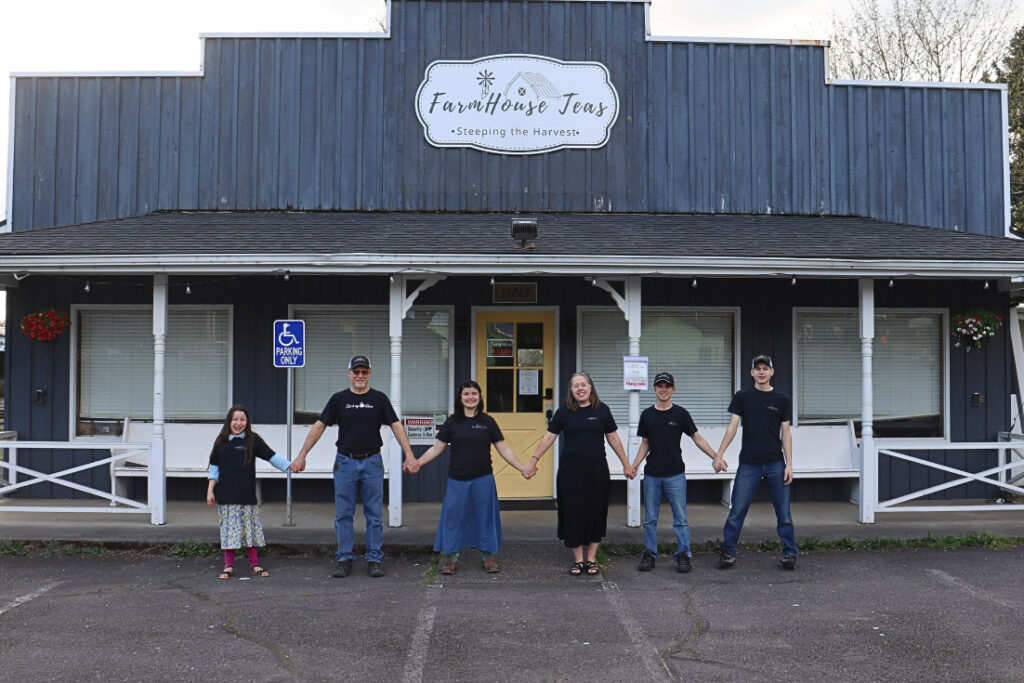
Where to Find CeAnne
If you’d like to learn more from CeAnne or check out all the offerings from Farmhouse Teas, you can find her at the following places:
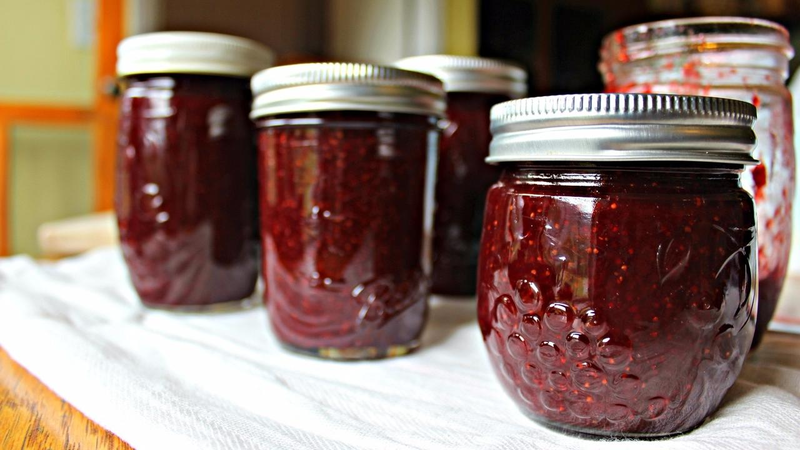
Other Posts You May Enjoy
- Fresh Raspberry Juice Recipe
- How to Store Lemons (For a Year!)
- Homemade Vanilla Extract
- No Sugar Strawberry Jam Recipe
- Keeping a Well-Stocked Pantry for Easy Weeknight Meals
- Homemade Hot Cocoa Mix 3 Ways (From Scratch!)
- 29 of the BEST Elderberry Recipes (Dried Elderberry Recipes)
[fusebox_transcript]
